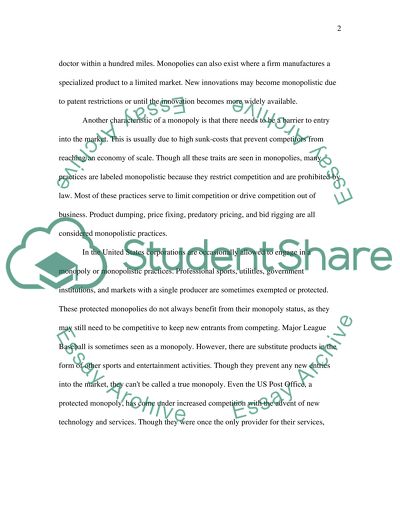Cite this document
(The Good, the Bad and the Monopoly Coursework Example | Topics and Well Written Essays - 1750 words, n.d.)
The Good, the Bad and the Monopoly Coursework Example | Topics and Well Written Essays - 1750 words. https://studentshare.org/macro-microeconomics/1521457-monopolies-and-economics
The Good, the Bad and the Monopoly Coursework Example | Topics and Well Written Essays - 1750 words. https://studentshare.org/macro-microeconomics/1521457-monopolies-and-economics
(The Good, the Bad and the Monopoly Coursework Example | Topics and Well Written Essays - 1750 Words)
The Good, the Bad and the Monopoly Coursework Example | Topics and Well Written Essays - 1750 Words. https://studentshare.org/macro-microeconomics/1521457-monopolies-and-economics.
The Good, the Bad and the Monopoly Coursework Example | Topics and Well Written Essays - 1750 Words. https://studentshare.org/macro-microeconomics/1521457-monopolies-and-economics.
“The Good, the Bad and the Monopoly Coursework Example | Topics and Well Written Essays - 1750 Words”. https://studentshare.org/macro-microeconomics/1521457-monopolies-and-economics.


